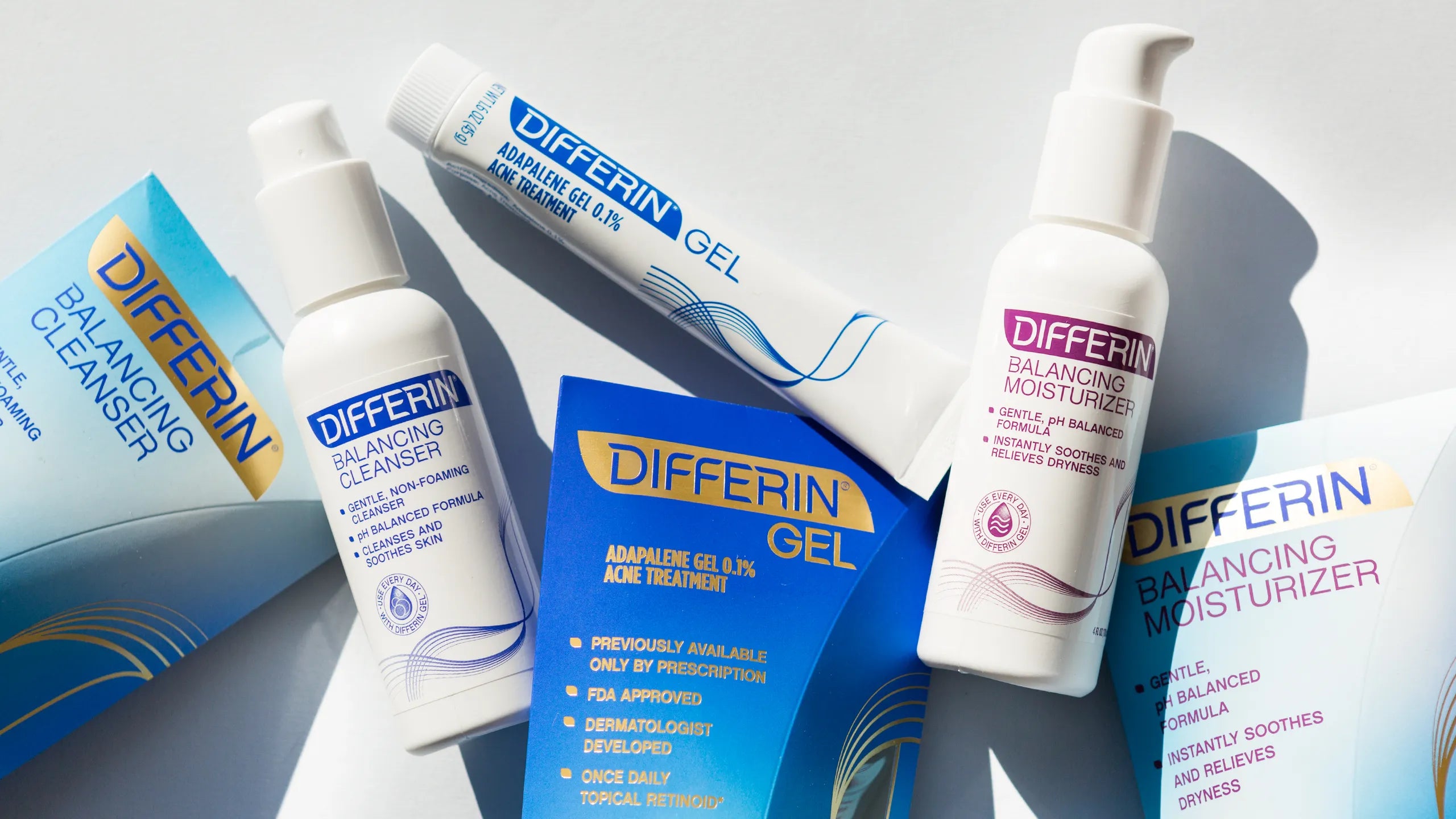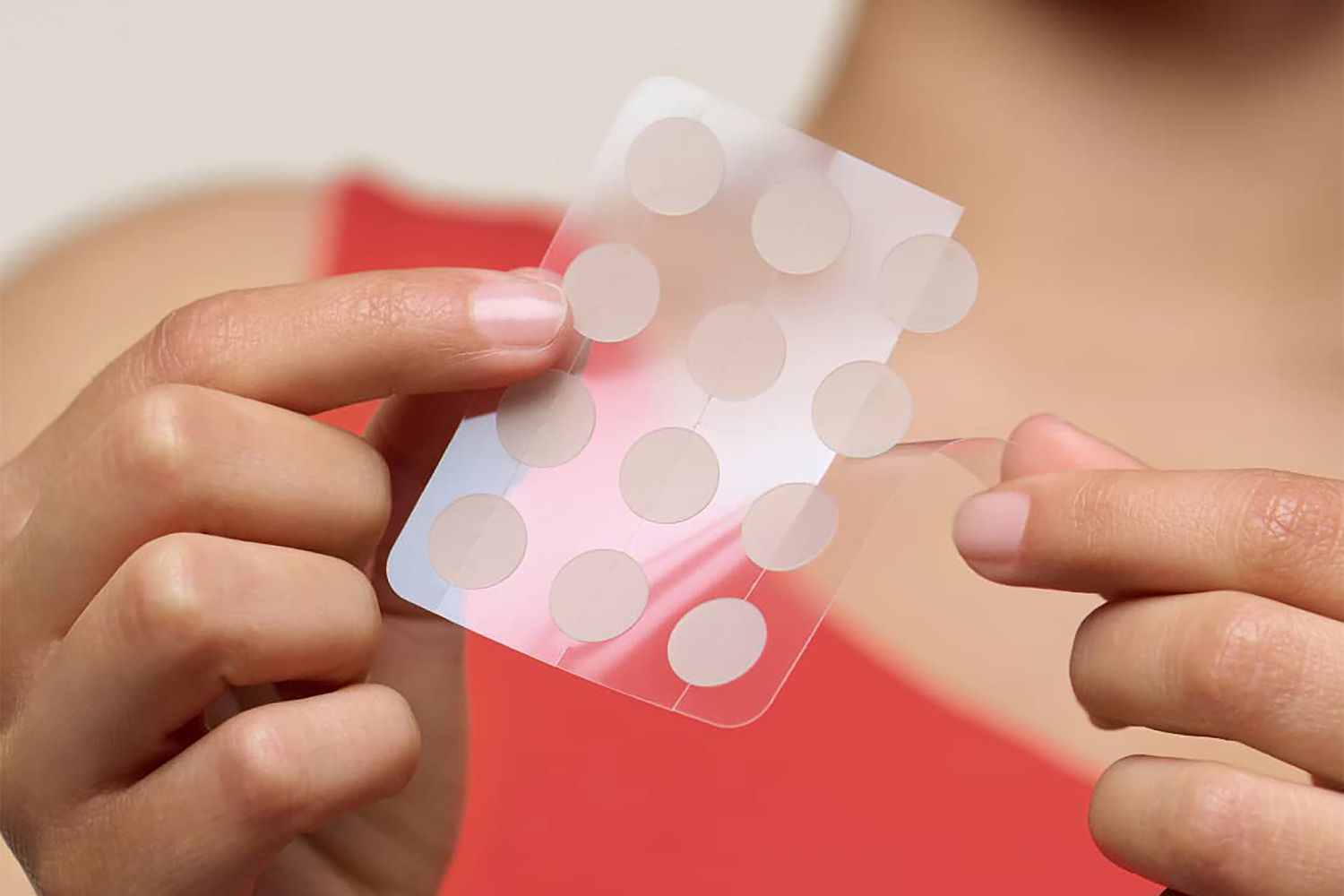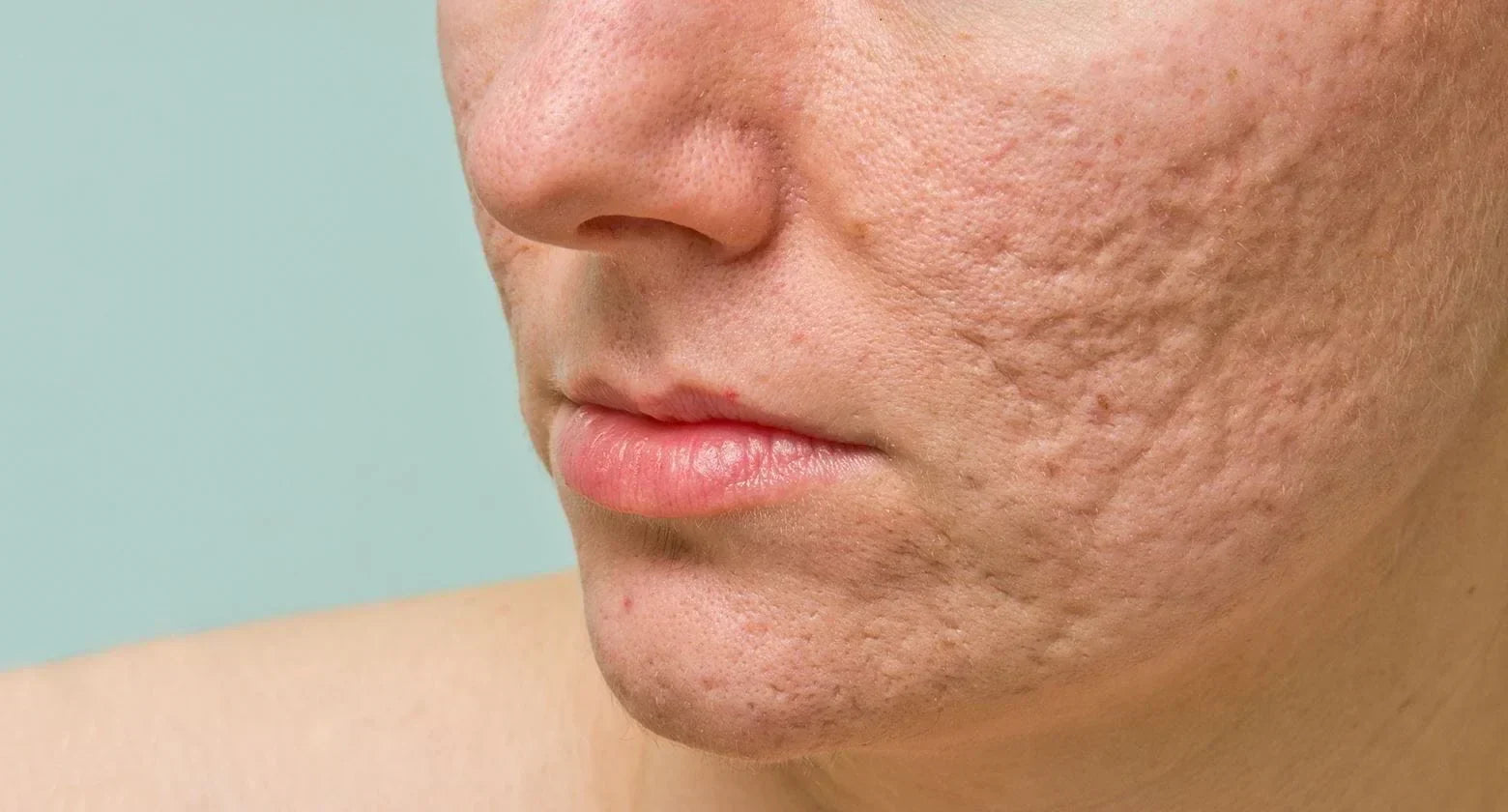
What Is Adapalene and How Does It Work for Acne?
If you’ve ever looked up acne treatments, you’ve probably seen the word adapalene pop up a lot — usually next to Differin Gel or some dermatologist’s holy-grail list. It’s one of those ingredients that’s been around for a while but somehow still confuses people. Is it a retinol? Is it stronger? Is it worth the hype?
Let’s break it down in plain English.
So, What Exactly Is Adapalene?

Adapalene is a third-generation retinoid, which means it’s in the same family as retinol and tretinoin but with a slightly different chemical structure. The short version: it’s made to target acne without being as harsh as prescription-only retinoids.
It works deep in your skin to regulate cell turnover — basically helping your pores shed dead skin more efficiently so gunk doesn’t get trapped and form new pimples. Think of it like a skin “reset” button that trains your pores to behave better over time.
The most common product form is adapalene gel 0.1%, which used to be prescription-only but is now available over the counter (like Differin Gel).
How Does Adapalene Work for Acne?

Here’s what happens behind the scenes when you apply it:
-
Unclogs pores — keeps dead skin and oil from building up.
-
Reduces inflammation — calms the redness and swelling that comes with breakouts.
-
Prevents new pimples — by normalizing how your skin renews itself.
It’s a slow burn though. Adapalene doesn’t show instant results. It usually takes 8–12 weeks to see visible improvements, and your skin might get a little worse before it gets better — a process called purging.
Is Adapalene the Same as Retinol?
Not quite. This is where a lot of people get mixed up.
-
Retinol: The classic anti-aging over-the-counter form of Vitamin A. It has to convert several times in your skin before it becomes active, which makes it milder.
-
Adapalene: A synthetic retinoid that’s already active when you apply it. That means it gets to work faster on acne, but it can also be a bit more drying at first.
If you’ve tried retinol before and liked it, adapalene is basically its stronger, acne-focused cousin.
Adapalene vs Tretinoin

Tretinoin (Retin-A) is prescription-strength and can be more irritating — especially for sensitive skin types. Adapalene is gentler, less likely to cause redness or peeling, and has more research behind its anti-acne effects in over-the-counter formulas.
For most people dealing with mild to moderate acne, adapalene is a great place to start before jumping into prescription-strength retinoids.
Side Effects and What to Expect

If your skin starts to feel tight, dry, or a little flaky — that’s normal at first. Adapalene increases cell turnover, so your skin just needs time to adjust. A few tips to make the transition smoother:
-
Start using it 2–3 nights a week before moving to daily.
-
Apply a pea-sized amount to your entire face (not just on spots).
-
Follow up with a barrier-supporting moisturizer to offset dryness.
-
Always wear SPF during the day — retinoids make your skin more sun-sensitive.
When Adapalene Might Not Be Right for You

If you’re currently on Accutane, antibiotics, or using multiple actives like exfoliating acids (AHA/BHA), it’s best to hold off or check with a dermatologist first. Overdoing it can lead to barrier damage and irritation.
And if your skin is easily reactive or gets red from everything — you might be better off focusing on barrier care first before jumping into retinoids.
That’s where calming, gentle formulas like Smood Beauty’s Problem Solver Gel-Cream Moisturizer and Calm Me Down Antioxidant Cleanser can help keep your skin hydrated, soothed, and balanced while it heals.
The Bottom Line

Adapalene works — and there’s plenty of science to back it up. It’s one of the few over-the-counter ingredients that can genuinely help unclog pores, prevent new acne, and improve texture over time.
Just remember: consistency and patience are everything. It’s not an overnight fix, but with the right routine and barrier care alongside it, adapalene can be a game-changer for clearer, smoother skin.



Leave a comment
This site is protected by hCaptcha and the hCaptcha Privacy Policy and Terms of Service apply.